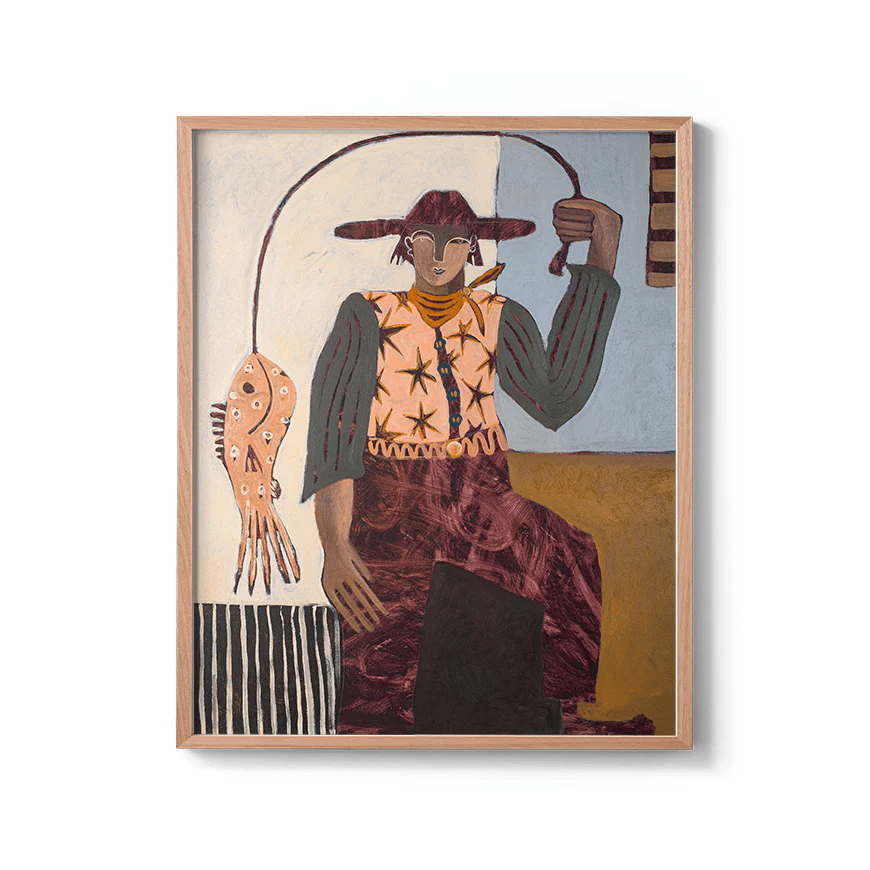Many people daydream about finding a forgotten painting in the attic and requesting an estimate from an auction house, only to find that it’s by one of the world’s most revered artists and is worth a small fortune. These dreams do sometimes come true, as is the case for a lucky member of the public who submitted a watercolour painting to Christie’s.
A case of mistaken identity
The Times reports that the painting was submitted to the famous auction house via their ‘request an estimate’ service, and was identified as a watercolour by JMW Turner. It will now go up for auction at Christie’s Old Master and British drawings sale in New York on 4 February, and is expected to fetch between $300,000 and $500,000.
Originally, it was thought that the work was by the Englishman and philanthropist John Ruskin, who is best known for his writing as an art critic and historian, although he had many and varied interests and talents. However, it has now been identified as Turner’s The Approach to Venice or Venice from the Lagoon, dating from 1840.
Rosie Jarvie, Christie’s specialist in British drawings and watercolours, said: “The [submitted] image was poor, and the painting was behind old glass, which had a greenish tint.” She added that she “had an instinct, from the strong brushstrokes, economy of line and the palette, that we really needed to see this properly”.
Who was JMW Turner?
Joseph Mallord William Turner (1775-1851) was a Romantic painter who was fascinated by the changing effects of light in landscapes and seascapes. He mainly worked in the media of watercolours and oils, using vivid colours and a loose, expressive style to capture the fleeting effects of sunlight and shade on his subject matter.
Turner was drawn to the clash between the sublime forces of nature and the rapid advancements in technology that were made during the Industrial Revolution. His most famous works include ‘The Fighting Temeraire’ (1838), which features a veteran warship being towed along the River Thames to be scrapped.
Recording the end of an era
The Temeraire played a key role in the Battle of Trafalgar in 1805, but by the time the painting was made, the tall-masted wooden sailship was over 40 years old.
Turner has indulged in artistic licence by painting the pale tall ship against the backdrop of a dramatic sunset, even though he probably didn’t witness the event first hand, and the ship was actually a much darker colour in real life.
In front of the elegant but ghostly looking battleship is a squat black tug boat that is towing the ship on its last journey, polluting it with a cloud of sooty smoke from its funnel. The image is symbolic of the end of an era, as the age of sail gave way to the age of steam.
Where to see Turner’s work
Turner’s paintings demand to be seen first hand to really appreciate the brushwork, light effects, colour, and sense of drama and emotions the artist evokes. Upon his death, Turner bequeathed most of his works to the nation. The majority of them are now held by Tate Britain in London, where they can be viewed for free over nine rooms.
The Scottish and Irish connection
However, over 200 Turner paintings were owned by the art collector Henry Vaughan, who divided them between galleries in Edinburgh, Dublin and London in his will, which was executed in 1900.
One of these paintings was a landscape of Arthur’s Seat in Edinburgh, but it was given to a gallery in Ireland, and consequently until this year, it has never been shown in the city that it depicts. Now, The Times reports that the work will be displayed in Edinburgh for the first time as part of an exchange programme.
Each January, the National Galleries of Scotland displays for free the 38 watercolours that were bequeathed to the nation. The tradition was stipulated by Vaughan, maybe as a celebration of the ‘the painter of light’ in the month when daylight levels are at the lowest ebb. The conditions of the will forbid the paintings from being exhibited at other times.
The 250th anniversary of Turner’s birth
2025 is the 250th anniversary of Turner’s birth, and the respective galleries of Scotland and Ireland decided that it would be a good time to carry out an exchange of the collection of Turner paintings, which were created between the 1790s and the 1840s.
This will give the public the chance to see ‘Edinburgh from below Arthur’s Seat’ in its home city for the first time.
Charlotte Topsfield, the print and drawings curator at the National Galleries of Scotland, said: “Edinburgh from below Arthur’s Seat is a fantastic watercolour. It is a very recognisable view, from a point between the end of Salisbury Crags and Samson’s Ribs, using the flank of Arthur’s Seat as a framing device.”
“The tower of St Giles’ [Cathedral] is silhouetted against the light and there is a fantastic view of Edinburgh Castle in the background and rooftops in the foreground.”
“The weather is what makes it so special. It is almost a character in the painting, as the rain storm sweeps across the picture. But you know there is better weather ahead because the light is catching the castle and the horizon is clear.”
She added: “We don’t know why Vaughan chose to send it to Dublin. However, we do have two watercolours from the same tour in the summer of 1801, showing the Falls of Clyde and a view of Durham that he did on the way to Scotland.”
The painting can be viewed at the Royal Scottish Academy in Edinburgh throughout January, and there is no entry fee.
If you have any inspirational January artwork to lift the winter gloom, drop into our framing shop in Hackney and we’ll make it seen.
